Strawberries, the sweet, juicy little red fruits, have long been a favorite. With the development of modern agricultural technology, hydroponic growing methods are gradually gaining attention and popularity.
What is hydroponics?
Hydroponics, also known as soilless growing, is an advanced plant cultivation technique that does not rely on soil, but instead uses a nutrient solution to provide plants with the water and nutrients they need. The core principle of this technique is that by directly immersing the roots of the plant in a nutrient-rich liquid, the plant is able to grow faster and healthier. Compared with traditional soil cultivation, hydroponics has many significant advantages, such as saving space, reducing pests and diseases, and improving yield and fruit quality.
What is the hydroponic garden?
Growing indoor hydroponic strawberries has many advantages. Firstly, it does not rely on the soil. hydroponic strawberries are grown in a cleaner and more hygienic environment, and the fruits are less susceptible to soil-borne diseases. Secondly, hydroponic growing methods allow for precise control of the nutrients and water needed by the plants, resulting in healthier, faster-growing strawberries. In addition, indoor hydroponic planting can avoid the instability of the external environment, such as fluctuations in temperature and humidity, to ensure a stable yield of strawberries and high quality.
What is a hydroponic garden?

In recent years, a number of indoor hydroponics machines, called "hydroponic growers", have appeared on the market. These devices are usually compact and suitable for use in homes and small spaces. These indoor hydroponics units work by using LED lights to provide light to the plants and a built-in pump to circulate a nutrient solution to ensure that the roots of the plants are always well nourished. Most of these devices are also equipped with smart sensors that automatically adjust the supply of light and nutrient solutions to meet the growing needs of the plants.
How to build a hydroponic garden?
How to Build a Hydroponic Garden? Setting up a hydroponic system requires some essential components and equipment to ensure that plants receive adequate light, oxygen, and nutrients. For more details, you can refer to the article: “How to Build a Hydroponic Garden?”. Hydroponic systems are suitable for growing a variety of plants, from vegetables to fruits, and even herbs. As a result, many people place them in their kitchens for easy access to fresh ingredients when cooking.

Embarking on the journey of hydroponics might initially seem challenging for newcomers, as it requires a particular set of skills and knowledge. Nevertheless, the advent of intelligent hydroponic systems has significantly streamlined this process, making it more accessible.
Take the LetPot Hydroponics Growing System, for instance. This system stands out with its automated watering and nutrient distribution features, coupled with a user-friendly app. It offers a welcoming and straightforward experience for gardening enthusiasts, regardless of their prior experience.
Steps of how to grow hydroponic strawberries Indoors
1. Choose the right hydroponic strawberries system
There are a variety of hydroponic systems available in the market, consider the smartness and longevity and choose one that suits your space and budget.
2. Prepare hydroponic strawberries Indoors nutrient solution
Strawberries require a specific nutrient solution formula to ensure their healthy growth. You can choose to purchase a pre-made strawberry nutrient solution or use the hydroponics machine's officially recommended formula.
3. Installing and setting up the hydroponic strawberries Indoors
Follow the instructions for your hydroponic system to install it. Make sure that every part of the system is properly connected, including the water pump, grow bar, and light fixtures. Usually these setups only take 3-4 steps. Finally, connect the number of suitable apps to achieve remote control.
4 Selection and preparation of hydroponic strawberries Indoors
4.1 Strawberry seedling transplantation:
Select healthy strawberry seedlings, preferably those that have grown 3-5 leaves. Clean the roots of the strawberry seedlings, and remove all the soil. And cut off most of the roots, leaving only 3cm of length.
4.2 Strawberry seed transplanting:
Put the seeds directly into the sponge, or wrap the seeds with wet paper towel for activation, and observe daily until the seeds germinate, then put them into the sponge of the hydroponic machine and cover them with a blackout cover or stickers
5. Management and maintenance:
Light: Strawberries need at least 10-12 hours of light per day. If you are using a hydroponic system with LED lights, make sure the lamps provide enough light for the strawberries.
6. Hydroponic strawberries Nutrient solution:
Check the pH and conductivity of the nutrient solution regularly to make sure they are in the proper range. You may need to change the nutrient solution every once in a while.
7. Hydroponic strawberries temperature and humidity:
Maintain a stable temperature and humidity environment, with an optimal temperature range of 15-25°C.
8: hydroponic strawberries pollination:
Strawberries are fruiting plants and need to be hand-pollinated to produce fruit. Usually shaking the plant will complete this step
9. Hydroponic strawberries harvesting:
When strawberries are ripe, they turn bright red and are easy to pick from the plant. Pick ripe strawberries carefully using scissors or by hand.
Harvesting and Storing Hydroponic Strawberries Indoors: Expert Tips
Harvesting Hydroponic Strawberries Techniques
- Observe the Color Change: The best time to harvest strawberries is when they transition from a greenish hue to a vibrant red. Pay close attention to the color at the base of the fruit to ensure the entire berry is fully ripe.
- Check the Firmness of the Fruit: Ripe strawberries should be plump and resilient. Gently squeeze the fruit; if it feels springy, it’s ready to be picked.
- Taste Test: Before you start harvesting in bulk, taste one or two strawberries to ensure their flavor meets your expectations.
Storing Hydroponic Strawberries Tips
- Avoid Washing Before Storing: If you plan to store the strawberries for later consumption, it’s best not to wash them beforehand. Moisture can accelerate the rotting process.
- Use Paper Towels to Absorb Moisture: Place the strawberries on paper towels, which can help absorb any excess moisture and keep the berries fresh.
- Store in the Refrigerator: Keep the strawberries in the fruit and vegetable drawer of your refrigerator. The cool temperature will help prolong their shelf life.
- Layered Storage: If you have a large quantity of strawberries to store, place them in layers inside a container, with paper towels between each layer.
Common Mistakes to Avoid
- Prevent Squeezing: Avoid squeezing the strawberries during the harvesting and storing processes to prevent damaging the fruit.
- Remove Any Bad Berries: Before storing, carefully inspect each strawberry and remove any that are starting to rot or are damaged.
- Buy in Appropriate Quantities: Purchase strawberries according to your consumption needs to avoid buying too much at once and reduce waste.
FAQs - Frequently Asked Questions on Growing Hydroponic Strawberries indoors
What is the Ideal pH Level for Hydroponic Strawberries?
Answer: Maintain a pH range between 5.8 and 6.2 for optimal growth and nutrient absorption.
How Much Light Do Hydroponic Strawberries Need?
Answer: Provide at least 10-12 hours of direct light daily. Utilize efficient lighting technologies such as LED or fluorescent lights to meet their needs.
How Do I Calibrate Nutrient Solutions for Strawberries?
Answer: Utilize an EC meter to measure the strength of your nutrient solution. Strawberries generally require an EC level between 1.8 to 2.2. Adjust the nutrient concentration accordingly, and ensure a balanced ratio of macro and micronutrients to meet the strawberries’ specific needs.
What Are the Specific Micronutrients Required for Strawberries?
Answer: Strawberries require micronutrients such as boron, manganese, zinc, and iron in precise quantities. A deficiency or excess of these micronutrients can lead to poor fruit development and plant health issues.
How Do I Manage Pollination in an Indoor Hydroponic System?
Answer: Strawberries are self-pollinating, but indoor environments may require manual assistance. Use a small brush or a fan to distribute pollen within the flowers to ensure proper fruit development.
What Are the Common Diseases in Hydroponic Strawberries and How to Prevent Them?
Answer: Powdery mildew and botrytis are common fungal diseases. Maintain proper humidity levels, ensure good air circulation, and apply appropriate fungicides when necessary to prevent these diseases.
What Are the Best Strawberry Varieties for Hydroponic Cultivation?
Answer: Day-neutral varieties like ‘Albion’ and ‘Monterey’ are preferred for hydroponic systems due to their ability to produce fruit consistently throughout the growing season.
How Do I Ensure Consistent Fruit Size and Quality in Hydroponic Strawberries?
Answer: Maintain consistent nutrient levels, monitor EC and pH closely, and provide adequate light to ensure uniform fruit development. Regularly prune excess foliage to improve air circulation and light penetration.
This guide has provided a comprehensive overview of the essential techniques and valuable tips for cultivating strawberries through hydroponics. We trust that this resource has been beneficial to you on your horticultural journey.
Your insights and experiences are invaluable to us, and we invite you to share your knowledge to enhance the quality of our tutorials. Please do not hesitate to leave your comments, as they contribute significantly to the learning and success of fellow hydroponic enthusiasts. Together, let's foster a community of growth and excellence in hydroponics.
Overview Of Hydroponic Strawberries
This guide has provided a comprehensive overview of the essential techniques and valuable tips for cultivating strawberries through hydroponics. We trust that this resource has been beneficial to you on your horticultural journey.
Your insights and experiences are invaluable to us, and we invite you to share your knowledge to enhance the quality of our tutorials. Please do not hesitate to leave your comments, as they contribute significantly to the learning and success of fellow hydroponic enthusiasts. Together, let's foster a community of growth and excellence in hydroponics.
Some hydroponics growing plantings share from others
My Indoor Lettuce Growing Adventure: A Fresh Journey to Homegrown GreensMy indoor hydroponic spinach growing journey
Growing Cherry Tomatoes Indoors: A Personal Tale of Juicy Rewards


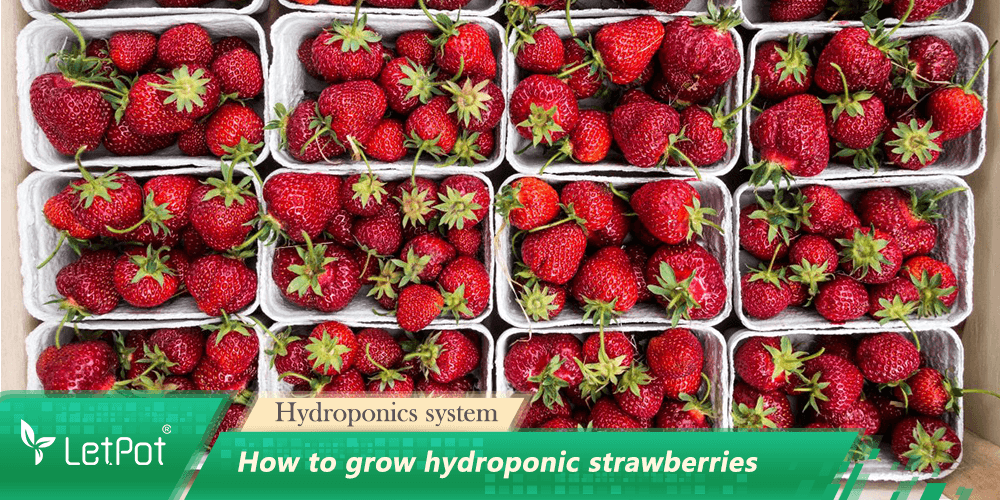
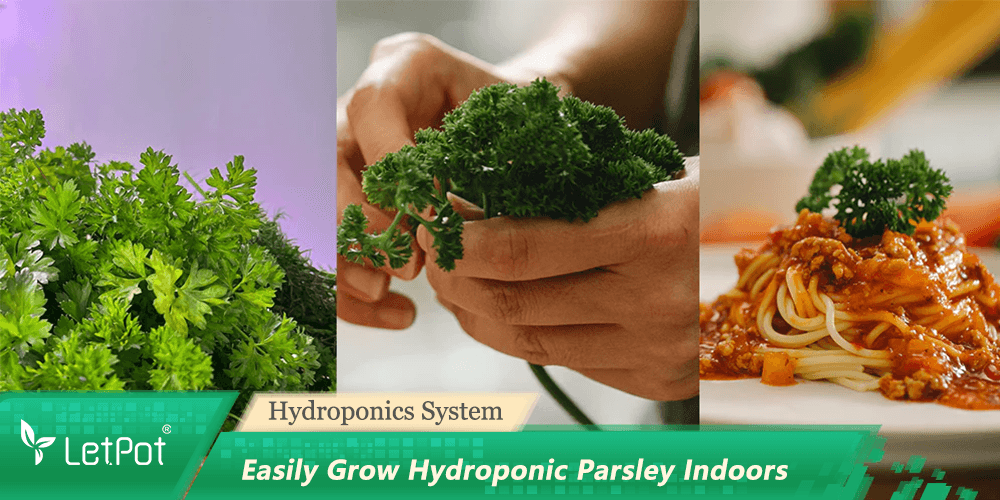
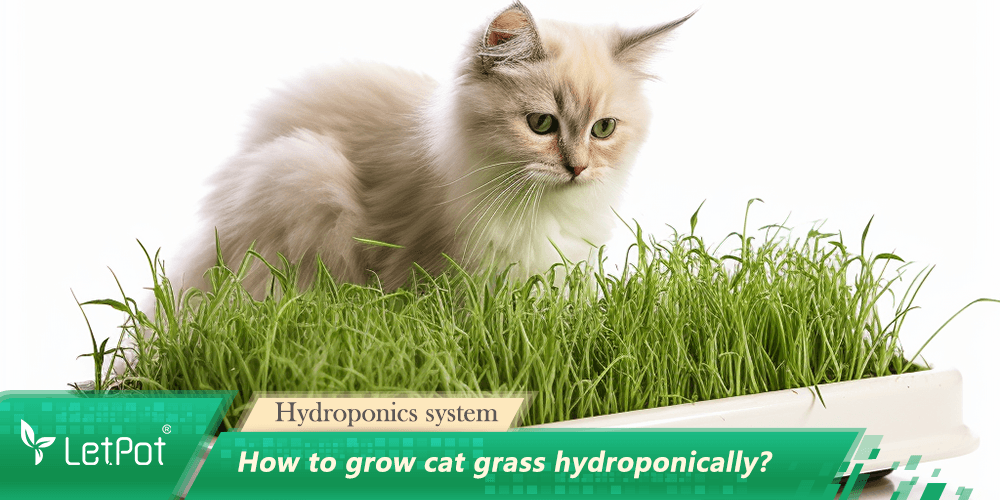
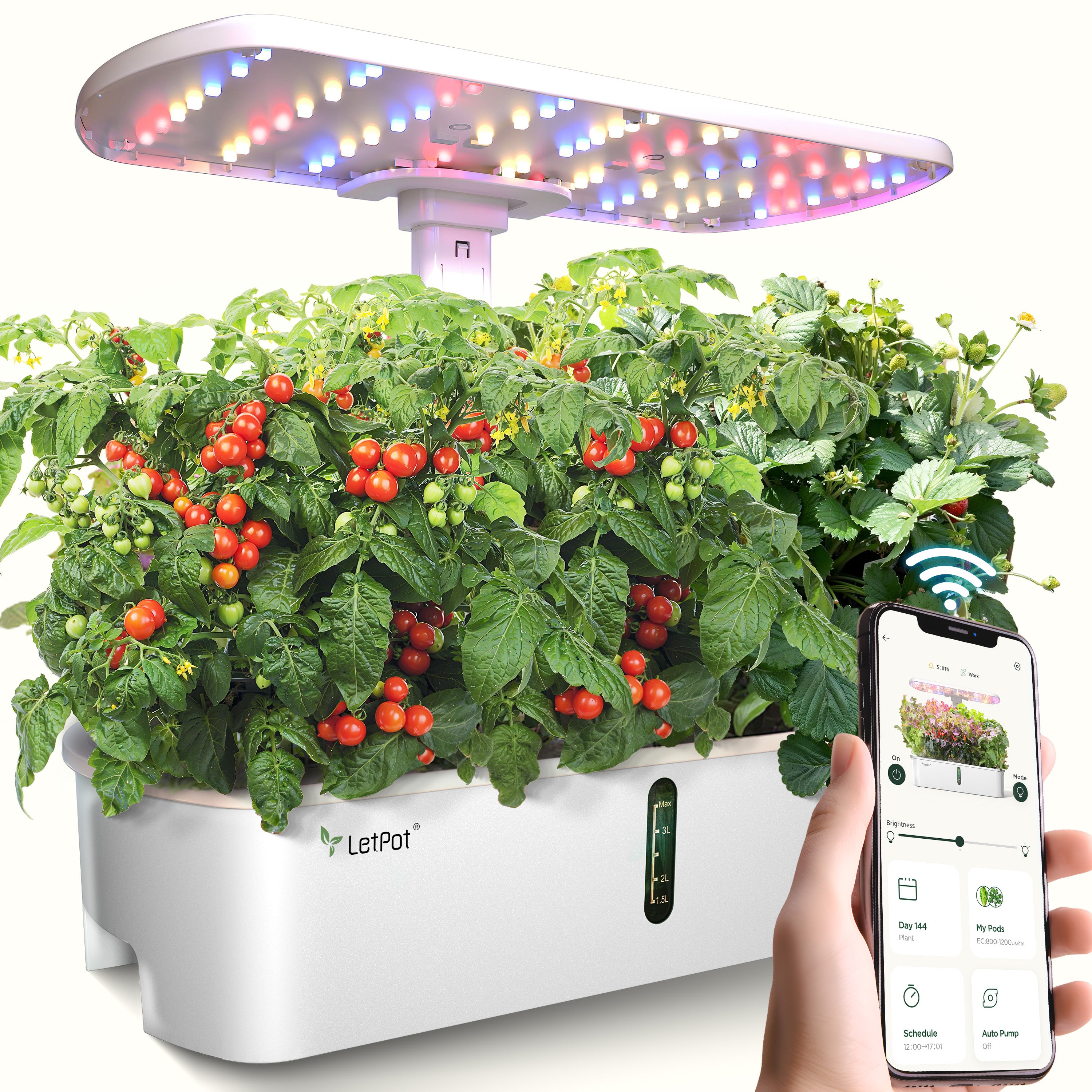
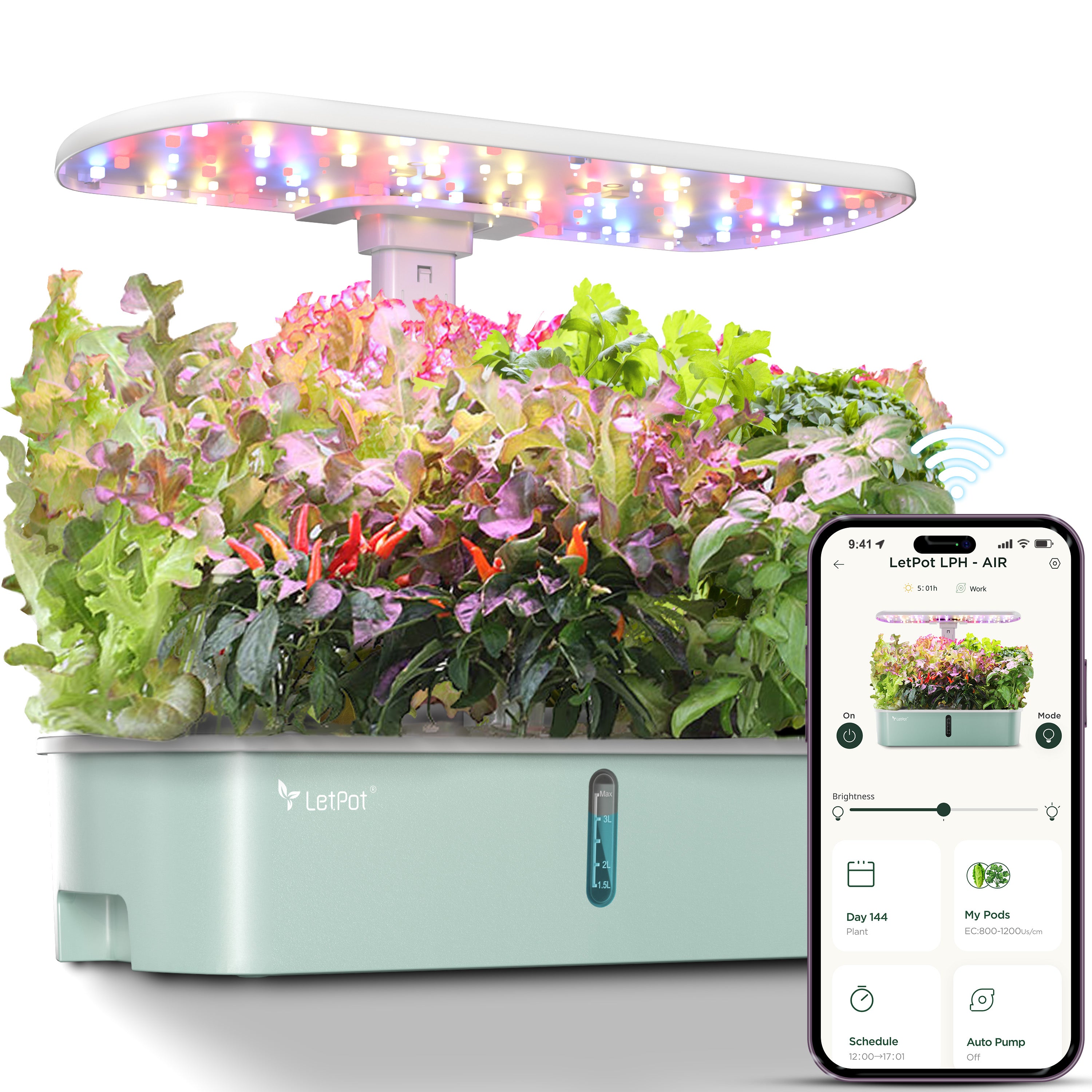
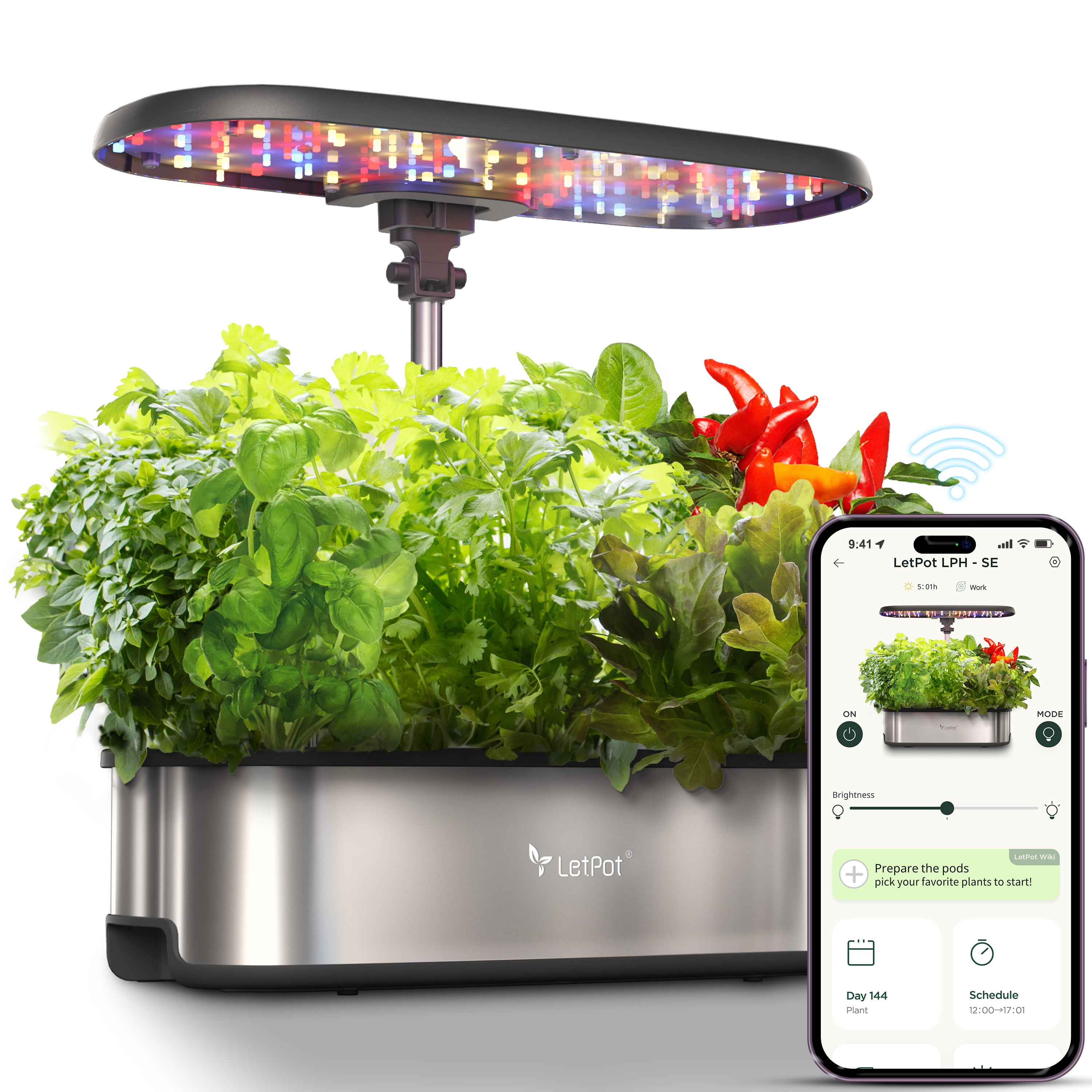
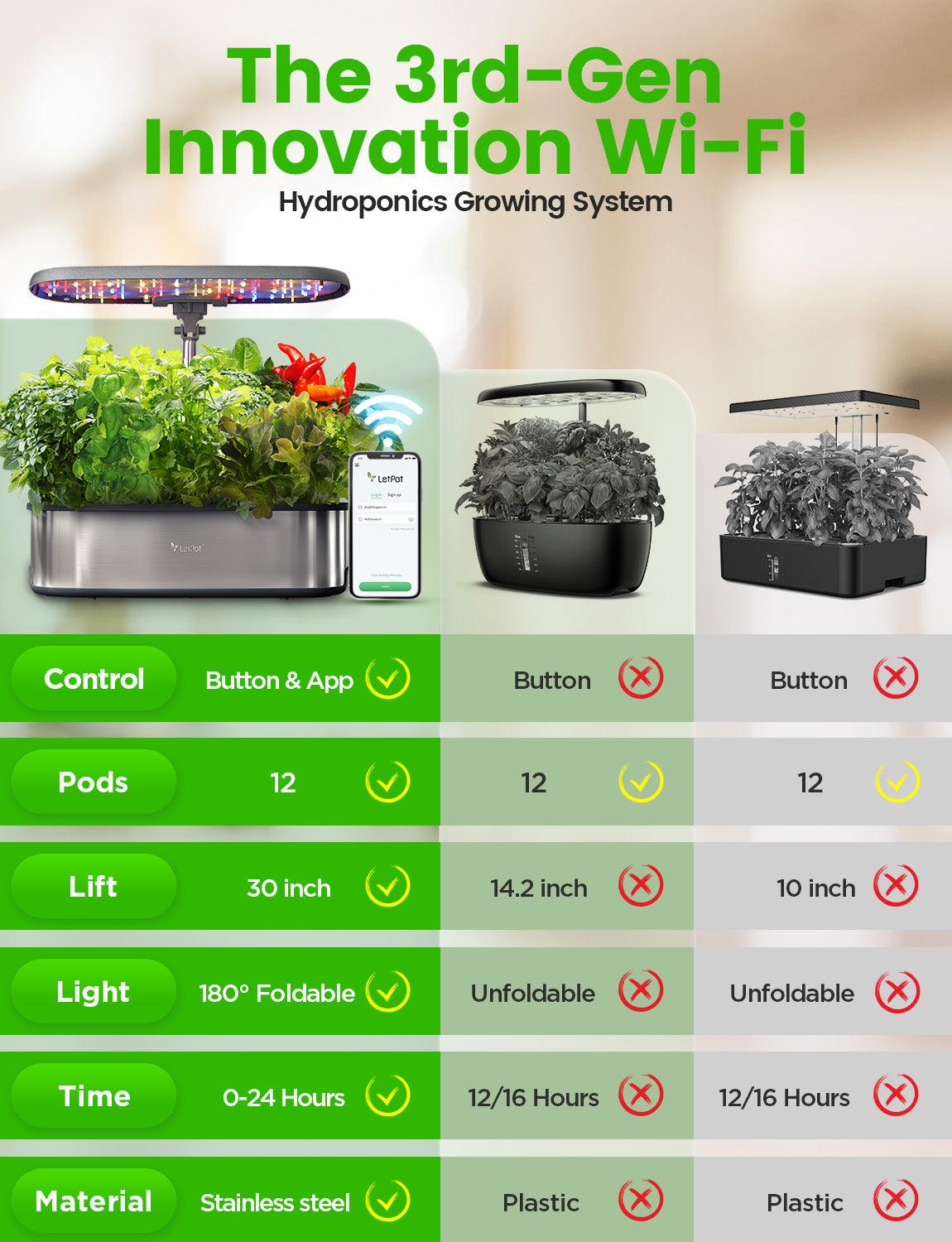
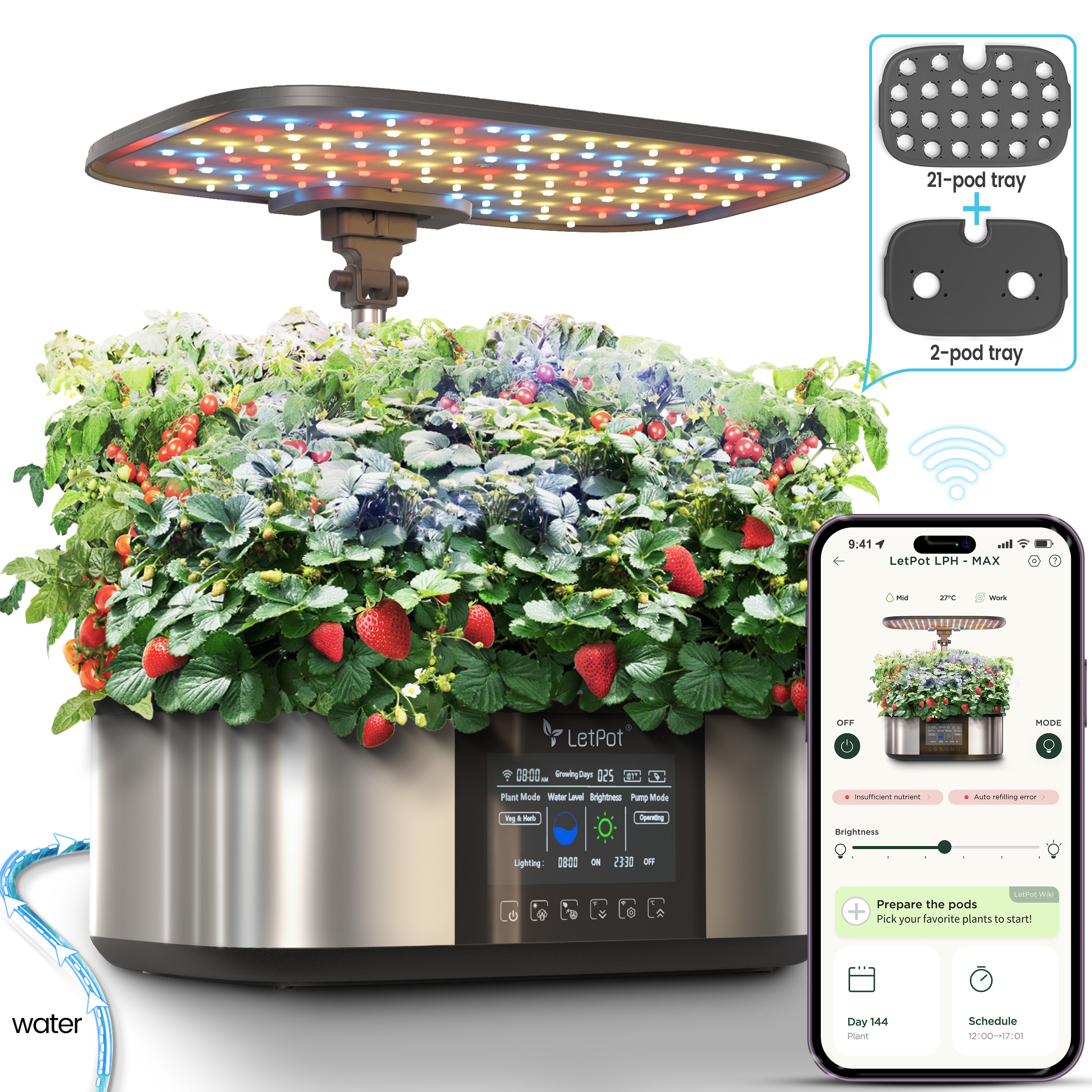
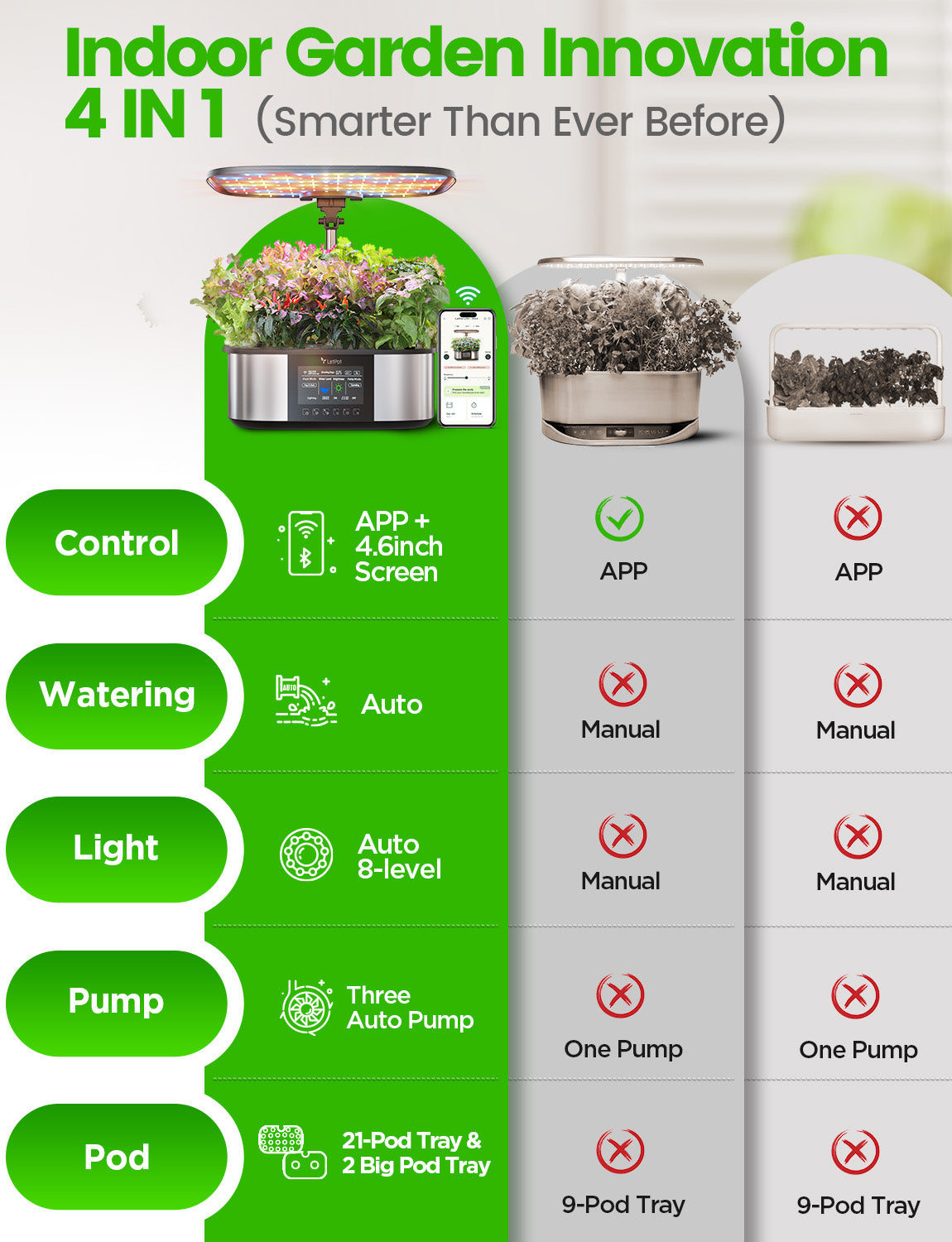
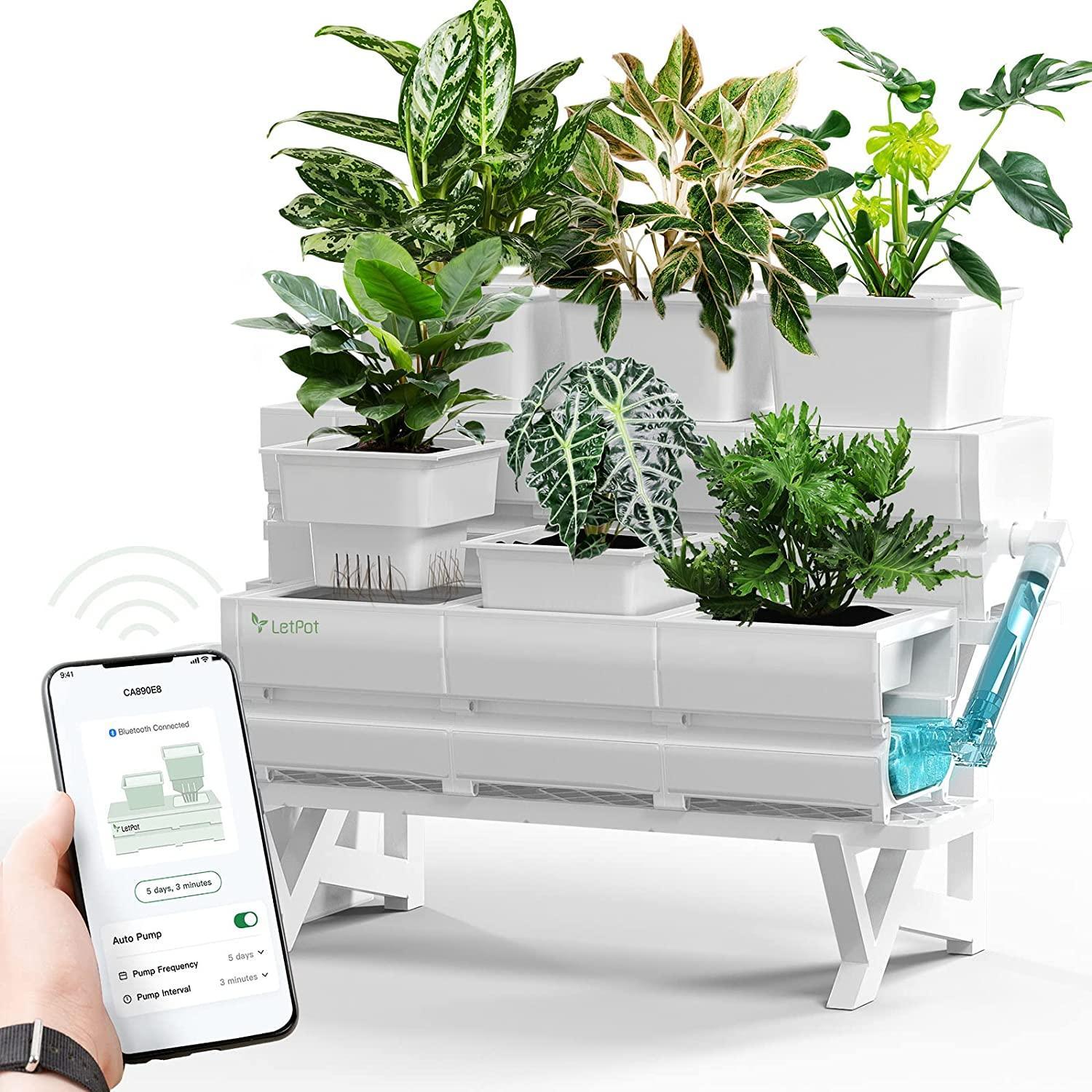
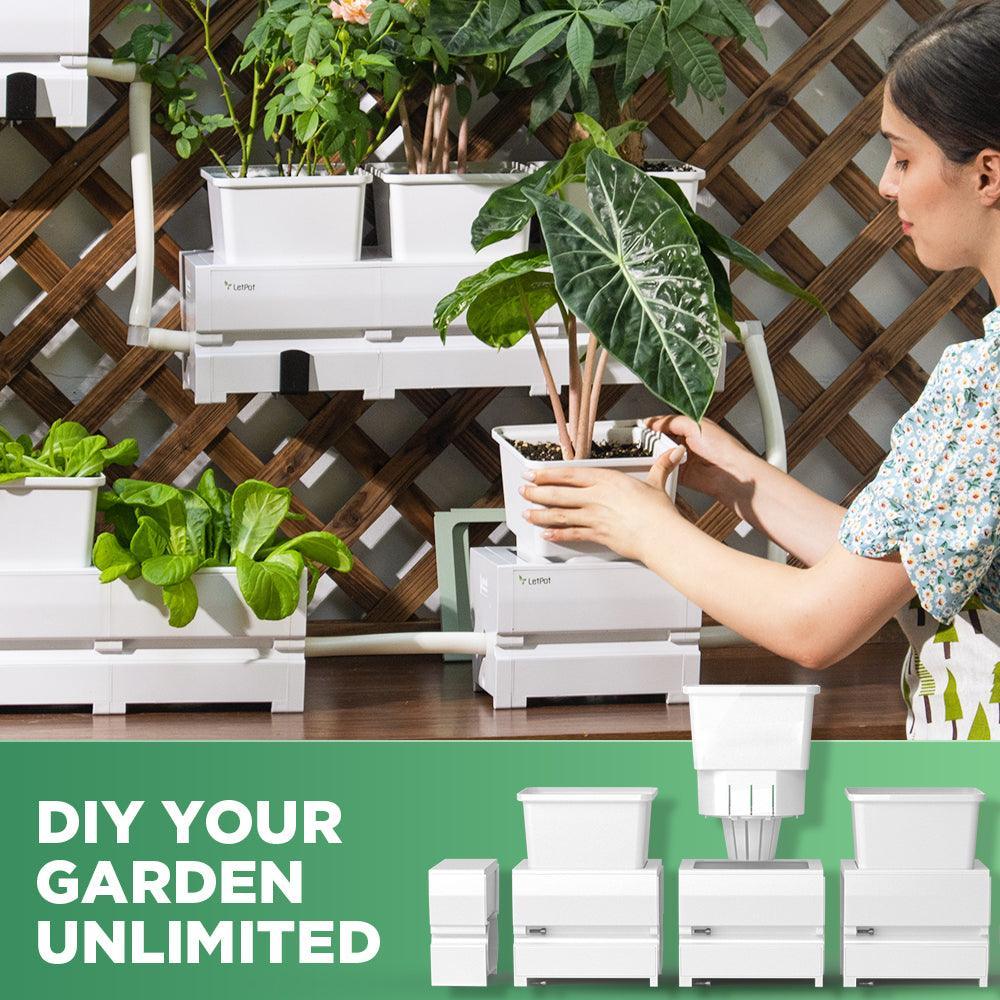
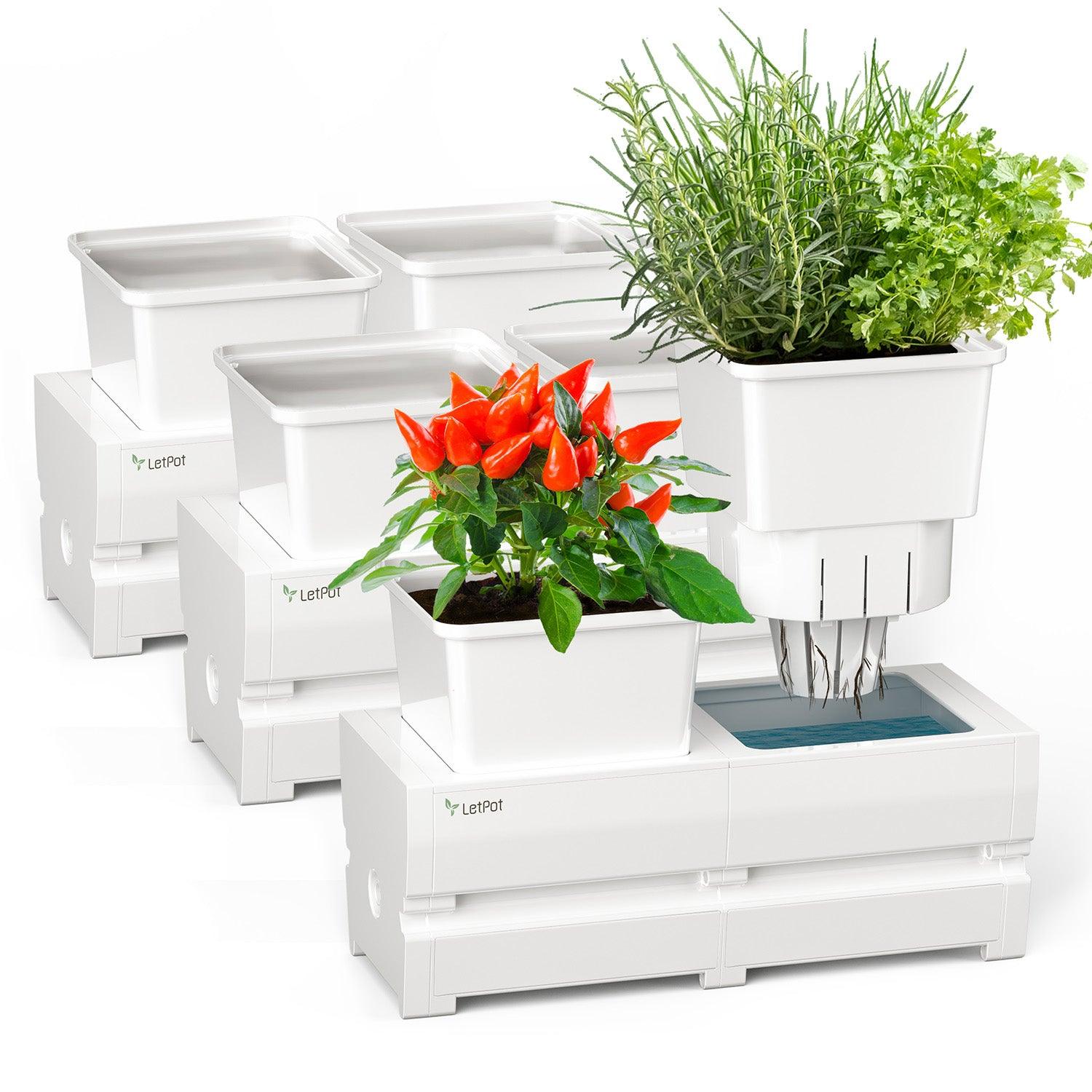


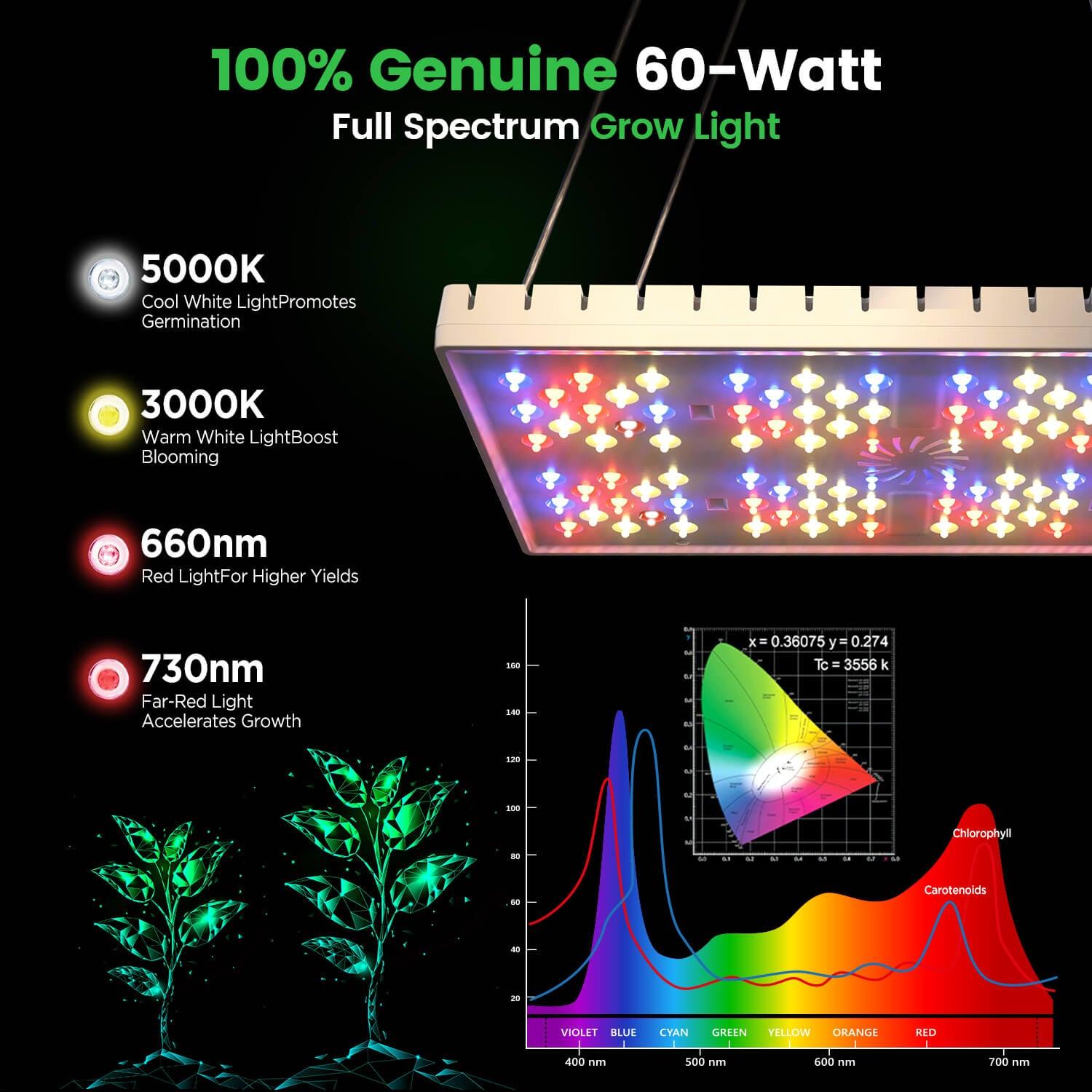
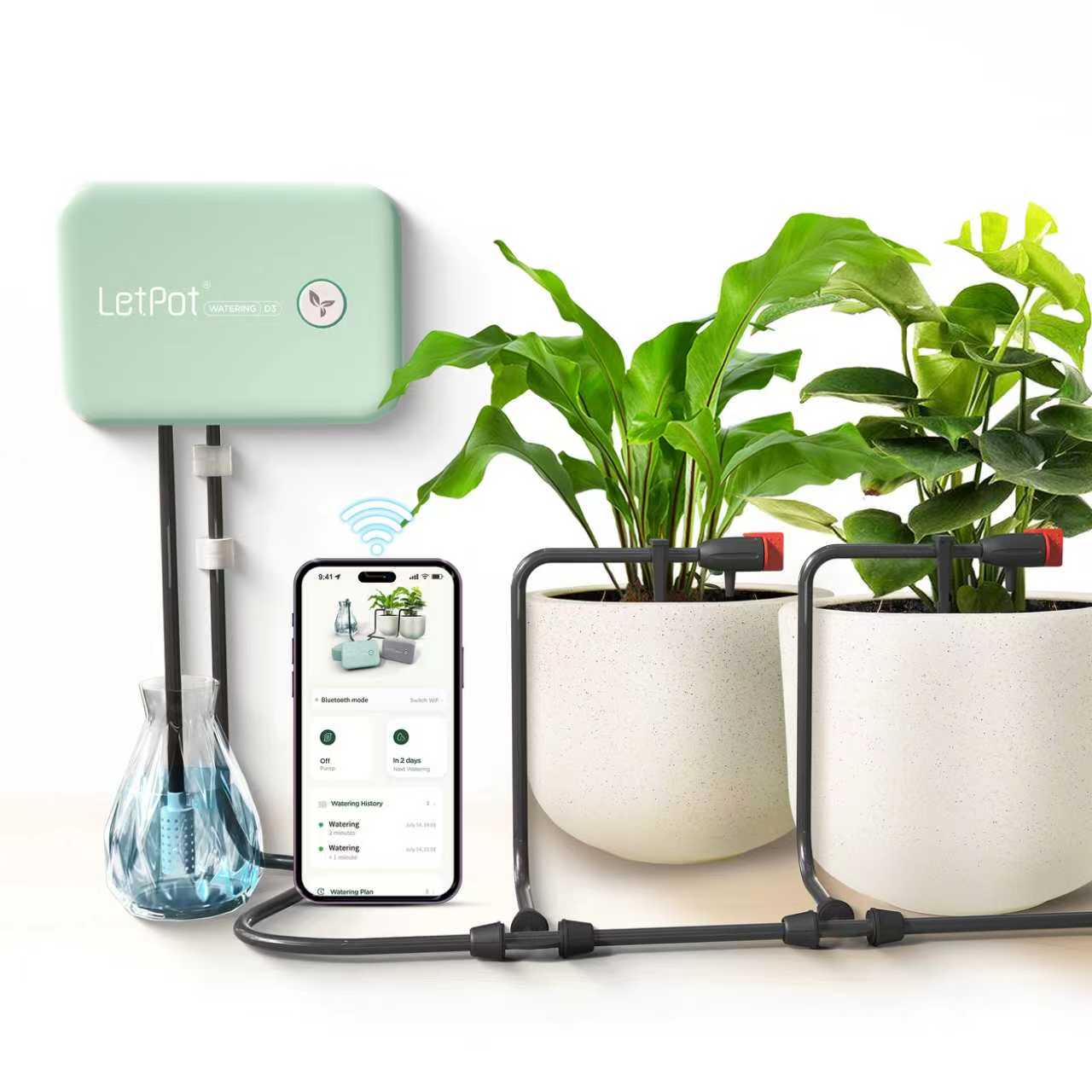

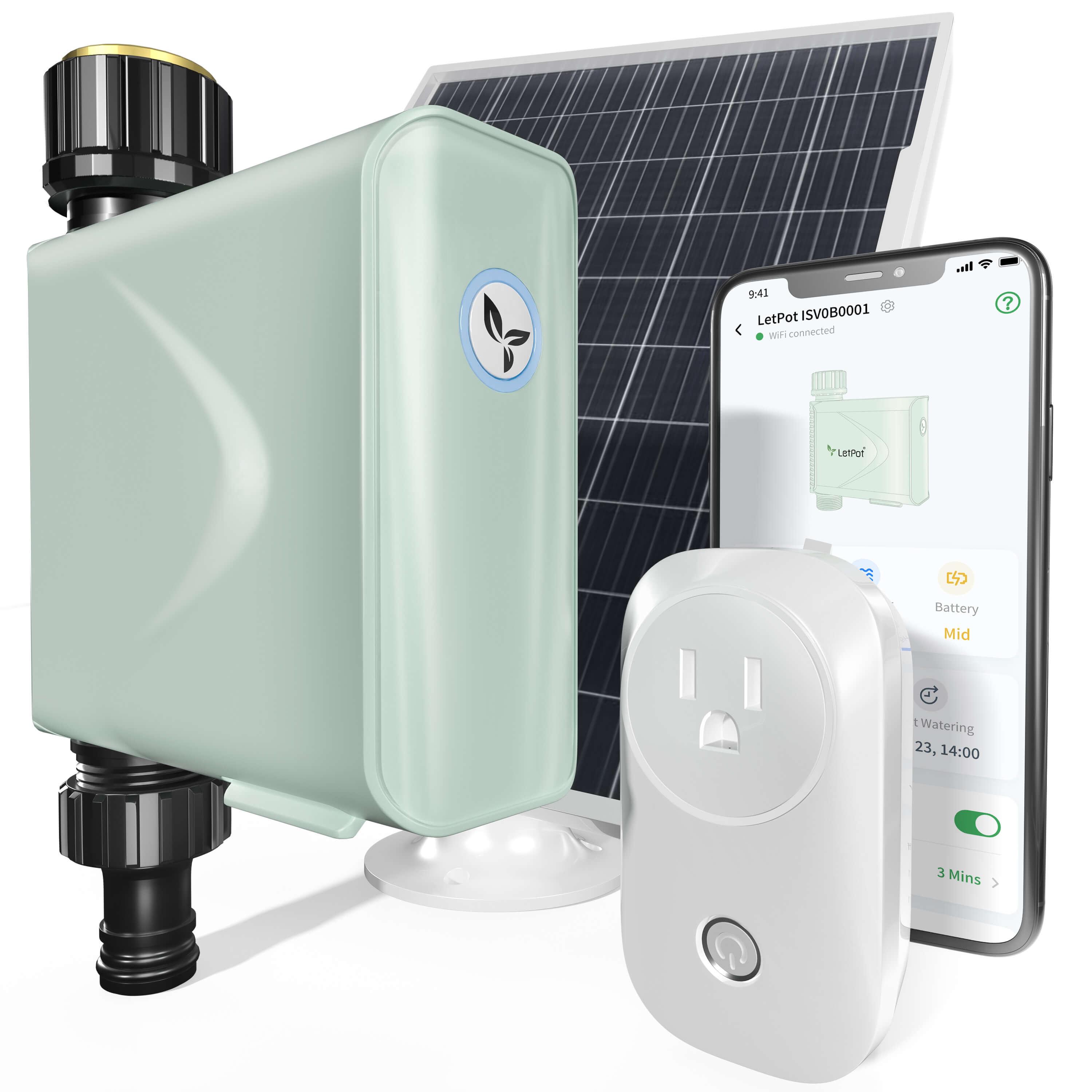
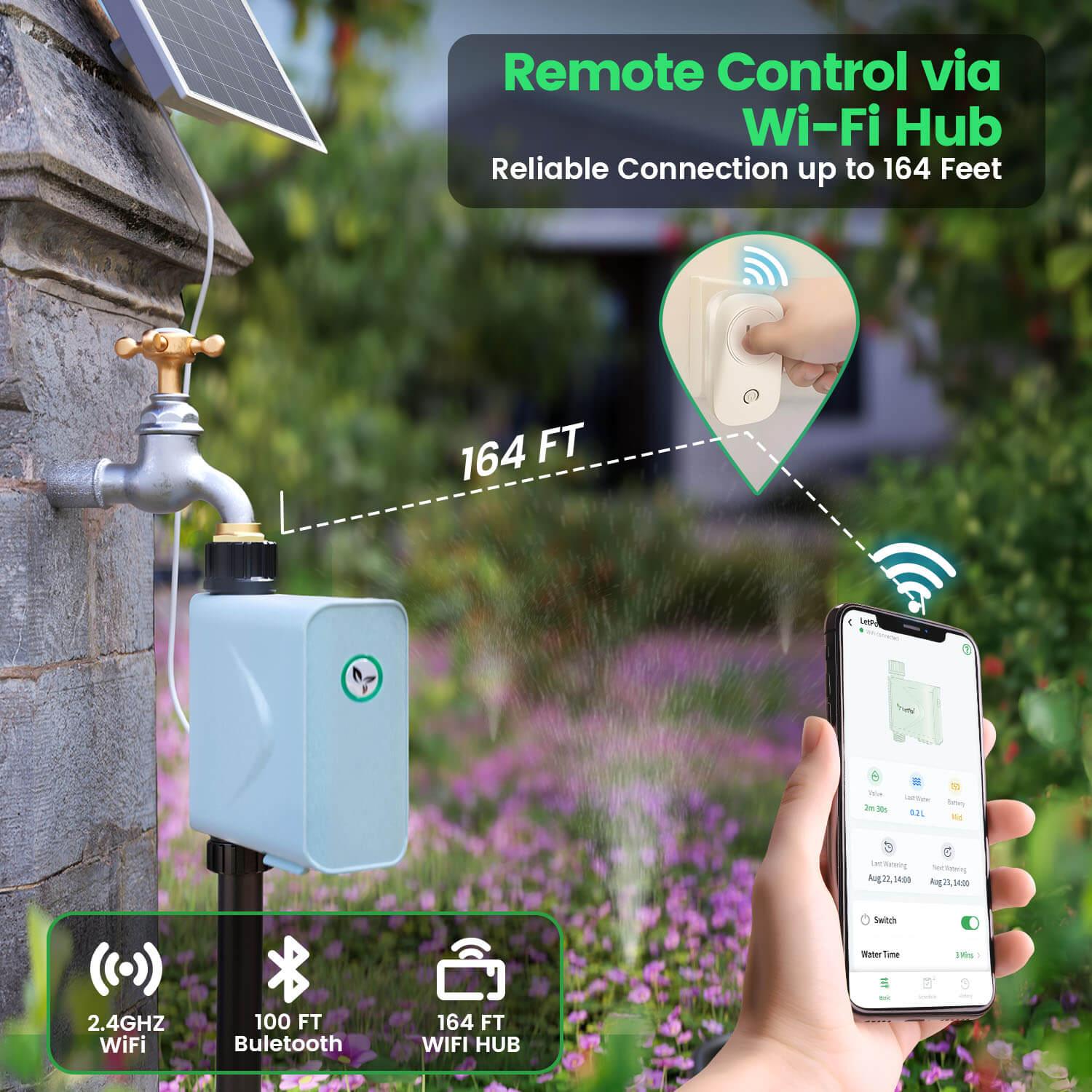

Leave a comment
All comments are moderated before being published.
This site is protected by hCaptcha and the hCaptcha Privacy Policy and Terms of Service apply.